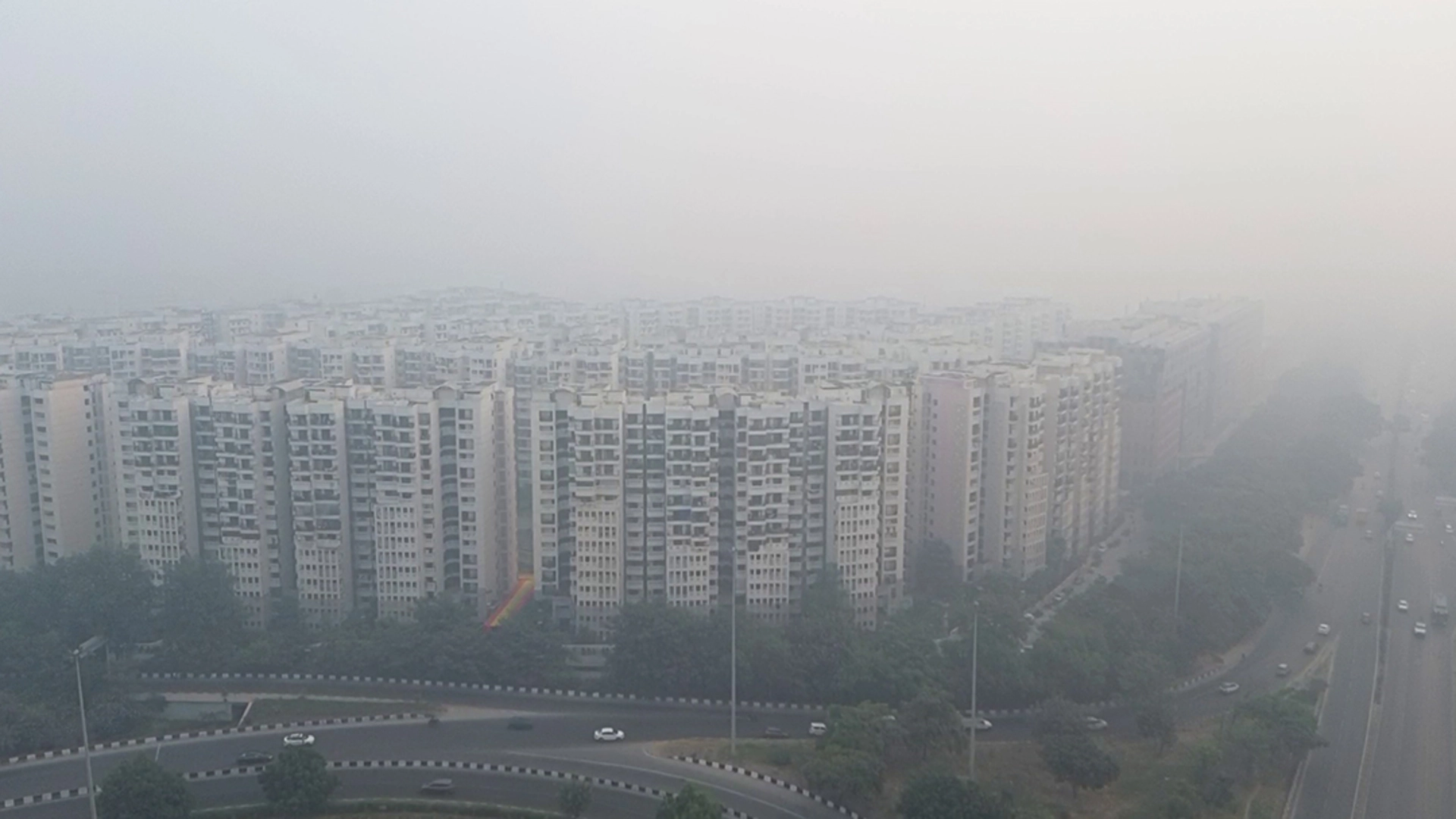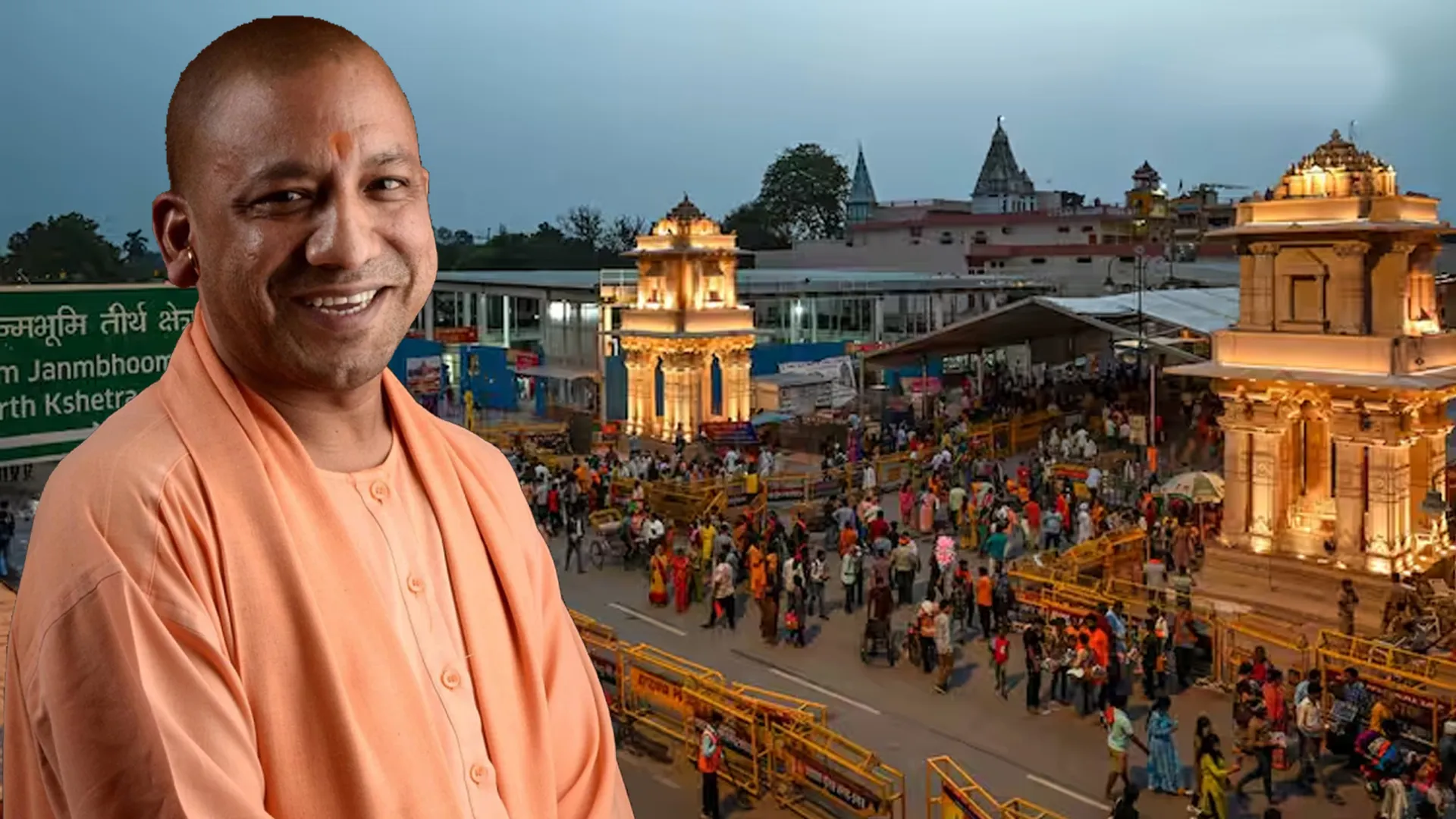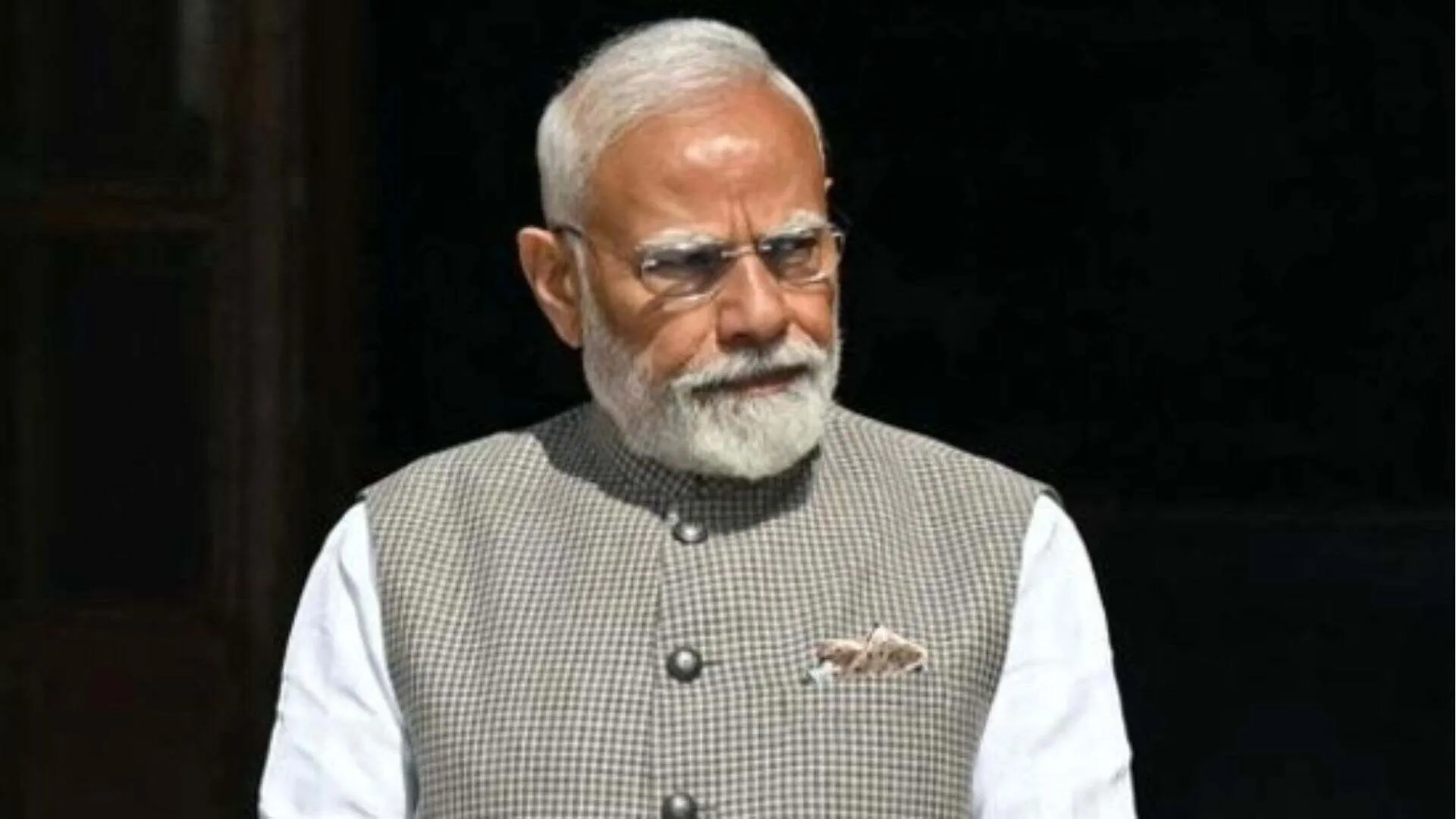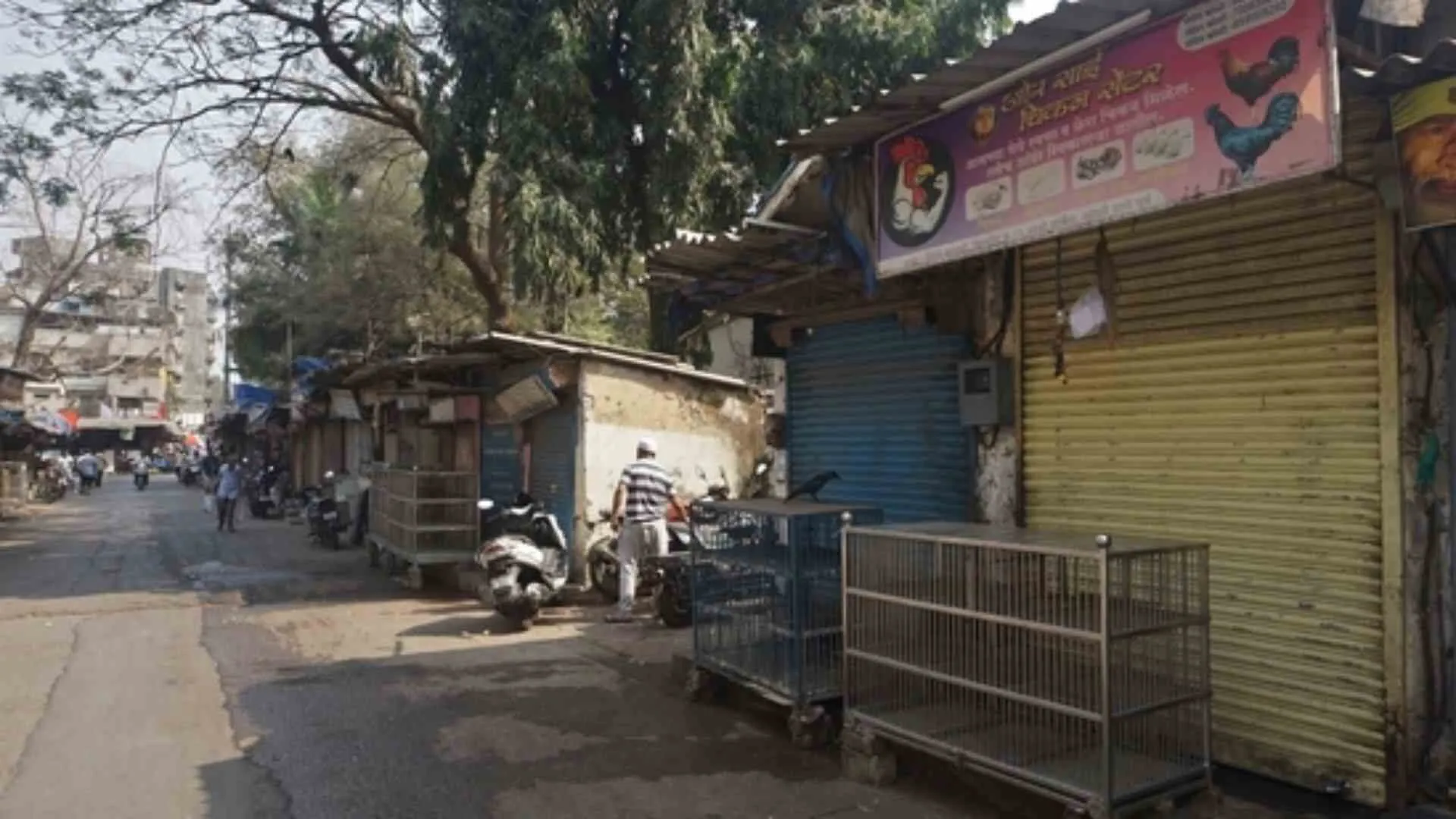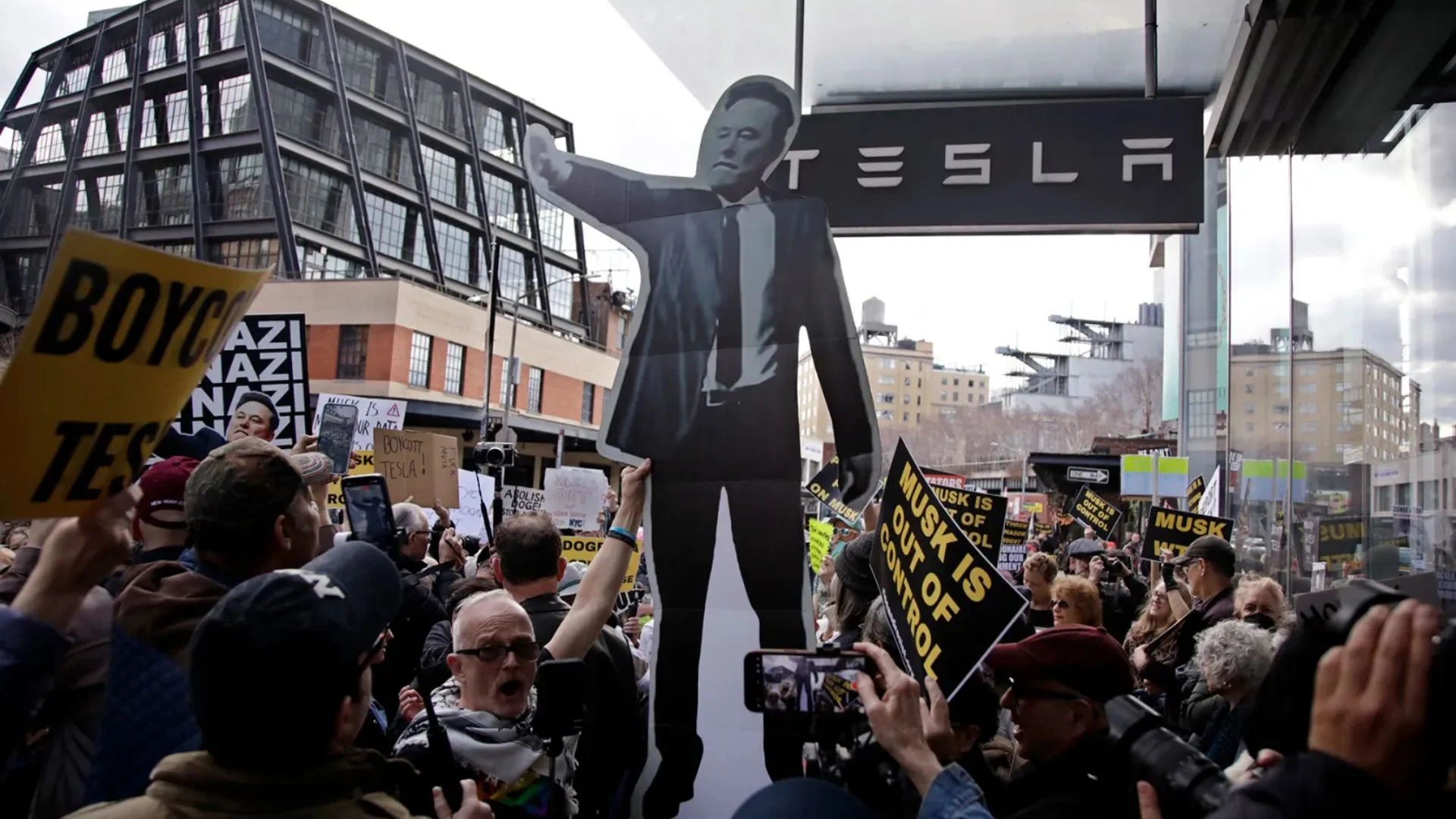The discrepancy between Delhi’s AQI of 494 (as reported by the Central Pollution Control Board, CPCB) and the international monitor IQAir’s reading of 1,600 arises due to differences in measurement standards, methodologies, and scales. Here’s a breakdown:
1. Different AQI Standards
CPCB (India’s AQI Standard):
- India’s AQI scale is capped at 500, meaning values beyond 500 are not recorded or displayed.
- The CPCB uses 40 monitoring stations across Delhi-NCR to calculate AQI, based on pollutants like PM2.5, PM10, NO₂, CO, SO₂, and Ozone.
- India’s permissible limit for PM2.5 is 60 µg/m³, with “severe-plus” levels capped at AQI 500.
IQAir (International Standard):
- IQAir follows the US Environmental Protection Agency (EPA) model, which has no upper limit like India’s 500 cap.
- The “hazardous” category on IQAir begins at AQI 301, but readings can extend far beyond 500 if pollution levels are extreme.
2. Different Pollutants and Weightages
- The CPCB primarily emphasizes pollutants like PM2.5 and PM10 and uses averaged data over 24 hours to calculate AQI.
- IQAir’s methodology focuses heavily on real-time PM2.5 concentrations, which can spike during certain hours, making its readings higher.
3. Sensor Placement and Data Coverage
- CPCB uses standardized monitoring equipment placed at key locations, adhering to national regulations.
- IQAir relies on a smaller number of privately installed sensors, which may not cover all areas uniformly. Some sensors might be located in pollution hotspots, exaggerating the AQI for the city.
4. Conversion Factors
The units used to measure pollutants (e.g., µg/m³) are converted into AQI values differently by each system. India’s AQI formula differs from the US EPA model, potentially leading to starkly different results.
Which AQI Should You Trust?
For Delhi residents, it’s advisable to rely on CPCB data for practical decision-making, as it aligns with local standards and policies. However, international monitors like IQAir can provide a broader perspective, especially in understanding peak pollution episodes and how Delhi’s air compares to global benchmarks.
Also read: Delhi-NCR Enforces GRAP Stage-IV to Combat Severe Air Pollution: Dos and Don’ts
The stark difference highlights the need for unified air quality monitoring systems to address public health concerns more effectively.

